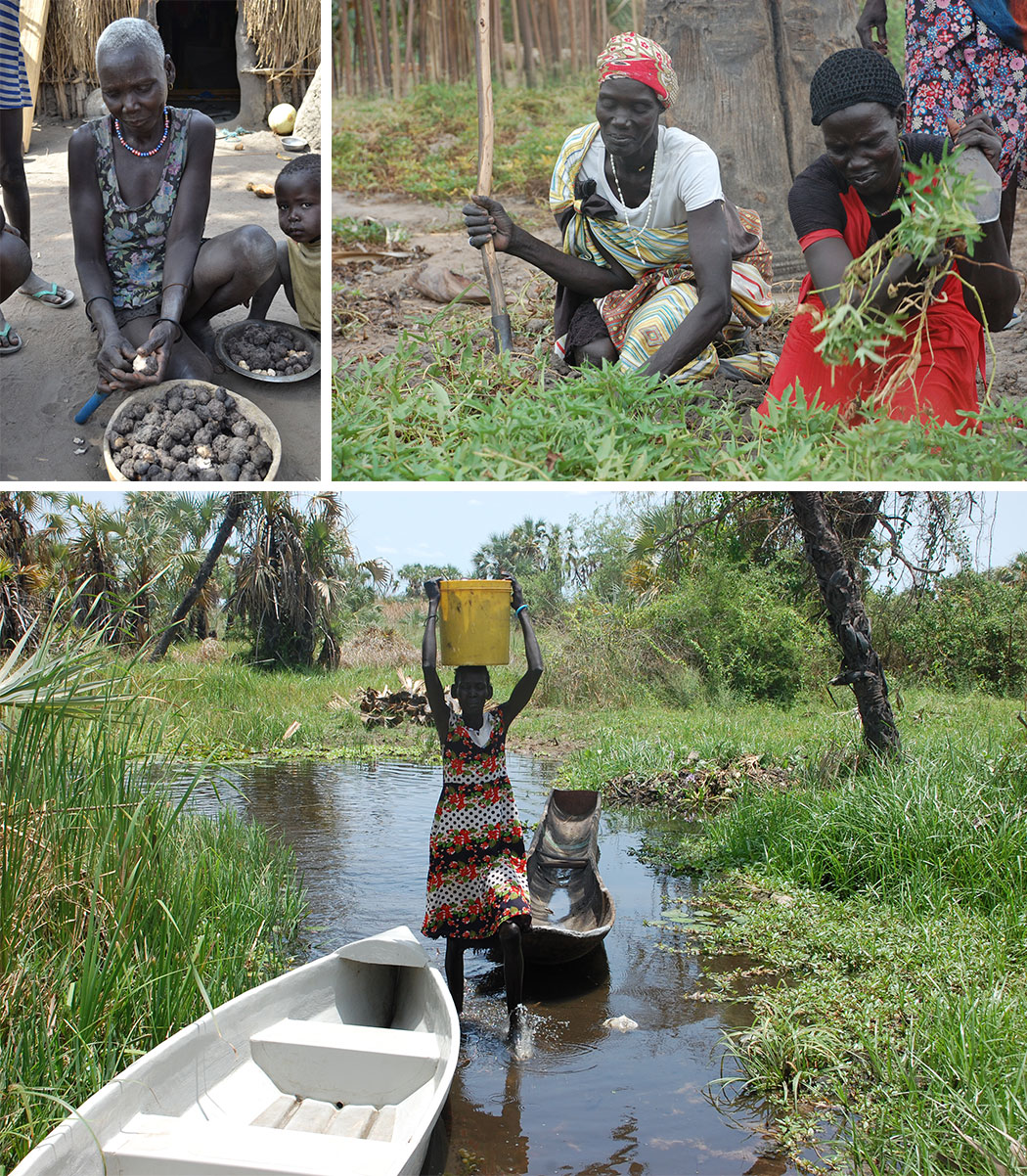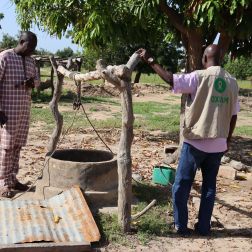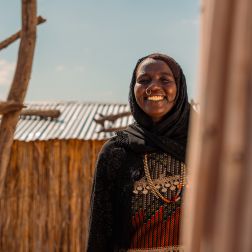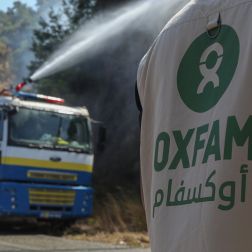- 3 mins read time
- Published: 12th July 2017
Famine in South Sudan has ceased, but hunger has spread
Written by Corrie Sissons, Oxfam's Food Security and Emergency Livelihoods Coordinator in South Sudan
The recent declaration that famine in South Sudan has been halted was rightly celebrated. Any steps towards ending the catastrophic humanitarian crisis facing South Sudan are welcome, as the war torn country marked its sixth birthday last Sunday (9th July 2017).
However, dig deeper than the headlines and it becomes clear that hunger is actually getting worse almost everywhere in the country. How do we applaud the collective effort to end famine including the very generous public donations, yet simultaneously highlight that this does not herald a significant improvement in an ongoing food crisis? Life is more desperate now than ever for millions of people.

Above: Top Left - Mothers in South Sudan fled their homes with their children to find safety. Photo: Corrie Sissons/Oxfam. Top-right & Bottom - Oxfam has been helping island and mainland communities to set up vegetable gardens both to boost their own diets and to build up their livelihoods. Photo: Tim Bierley/Oxfam
Famine is a technical description, declared if certain specific conditions are observed. But for individuals, hunger is hunger. Just because we call it something else it does not mean that people have enough to eat again or that help is no longer required. People are suffering however it is designated and we still have so much work to do.
Although things have become less severe in those famine affected areas, the scale of the food crisis across other parts of South Sudan has exploded. Since the famine was declared in February, ongoing conflict and its consequences – people fleeing their homes, economic decline and poor harvests – have left one million more people facing severe food shortages. If predictions are correct, by the end of July 2017, half of the entire South Sudanese population will live without knowing how they can feed their families from one evening to the next.
There are still approximately 45,000 people who live in what are described ‘famine-like conditions’ in South Sudan. This essentially means conditions are catastrophically bad but the data for the area they live in doesn’t match technical requirements for it to be called a famine. Forced to flee their homes and fields, people have also missed the planting season. Even when they stay, many are too afraid to tend to fields. So seeds do not grow and harvests are smaller and smaller each year that this situation continues. The conflict is not only robbing people of the food on their plates now, but also in the future.
For example in the former Jonglei state, a recent upsurge in fighting has forced more than 200,000 people from their homes, disrupting lives and obstructing access to the aid when they need it the most. People are walking for days to flee the fighting, with only wild foods to eat along the way.
Famine and the unacceptable levels of hunger are direct consequences of the decisions made by those with the power to stop the war. As South Sudan marks six years of independence, it is critical that life-saving assistance is combined with diplomatic efforts to bring warring parties back to the table to revive negotiations for peace. It is clear that only real and lasting peace can bring people back from the brink of starvation. Until that happens, we must continue giving vital aid to stop the situation getting even worse.
Right now Oxfam is there in South Sudan, urgently working to get live-saving aid like food and water to those in need, as well as hygiene supplies to stop the spread of deadly disease. It cannot be clearer to those on the ground: South Sudan is not having a moment of respite in its food crisis. Hunger is spiralling out of control.
Corrie Sissons is Oxfam's Food Security and Emergency Livelihoods Coordinator in South Sudan




